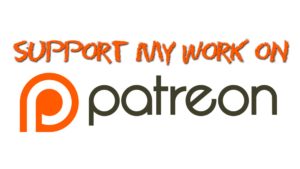The purpose of this page is to introduce you to how the Cambridge syllabus is written, how the test determines and ranks student performance, and how the test is used to inform your future instruction.
By the time you've worked through the steps here, which should take about three total hours, you will be better prepared to design your scope and sequence and will better understand how the demands of IGCSE differ from say Common Core.
1. To begin, download the most recent Cambridge IGCSE Mathematics Syllabus.
Pay special attention to 4.1, Syllabus Goals. These are the ideas you must keep in mind when teaching. They'll guide you through the paradigm shift (From U.S.-style education), you must execute in order to best prepare your students.
The syllabus is not written sequentially. That is, student success will be unlikely if you begin with item 1.1 and continue onto item 1.2, then 1.3 and so on until you've completed all 10 units. It is the Cambridge philosophy that the teacher must determine the best way to work through the syllabus. The syllabus is a reference of what is to be taught. A textbook is a resource to help you with instructional materials and learning materials for students. A teacher should not assume that the sequence of a textbook is tried and tested, but instead is written for what makes sense for the author(s).
Before diving into the content standards, read and make sense of the course goals and outcomes. You'll need to be able to complete the following statement (for your students): At the end of the course, my students will ___________________________.
2. Then, take some time to look through the syllabus and the level you'll be teaching (Core or Extended). Try to make sense of what the syllabus is describing and anticipate what is information and skill would be a foundation and what would be an extension. As an exercise, order the content standards for unit 2 (Algebra). As you'll see, the numeric sequence does not align with conceptual development.
3. Pick a past Paper 2, and take the test. Do the problems as your students are expected. When finished, annotate the content item numbers required on each problem. This will help you gain an insight into how integrated the problems on the papers are. Now, keep in mind, Paper 2 is largely procedural requiring minimal problem solving skill. As such, it is less integrated than Paper 4.
4. Grade your test according to the mark scheme. If you've not attended an Introductory Training you may reference the "How to Grade IGCSE," video linked here (under development).
5. Read the Examiner's Report. Note how the examiner reports globally on what was learned about student performance. If there is a problem you did not get correct on the test, check to see if you made a common mistake as reported by the examiner.




